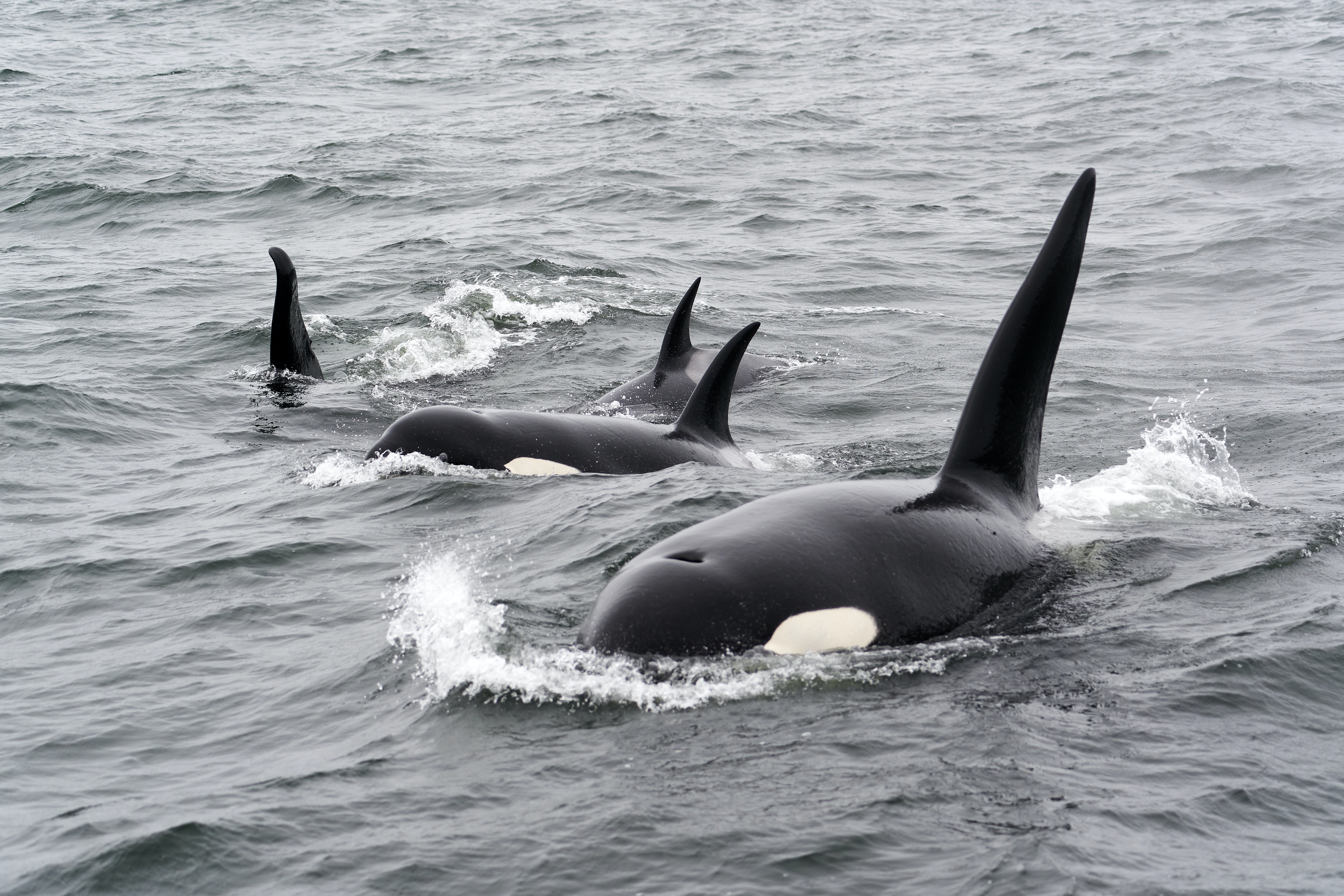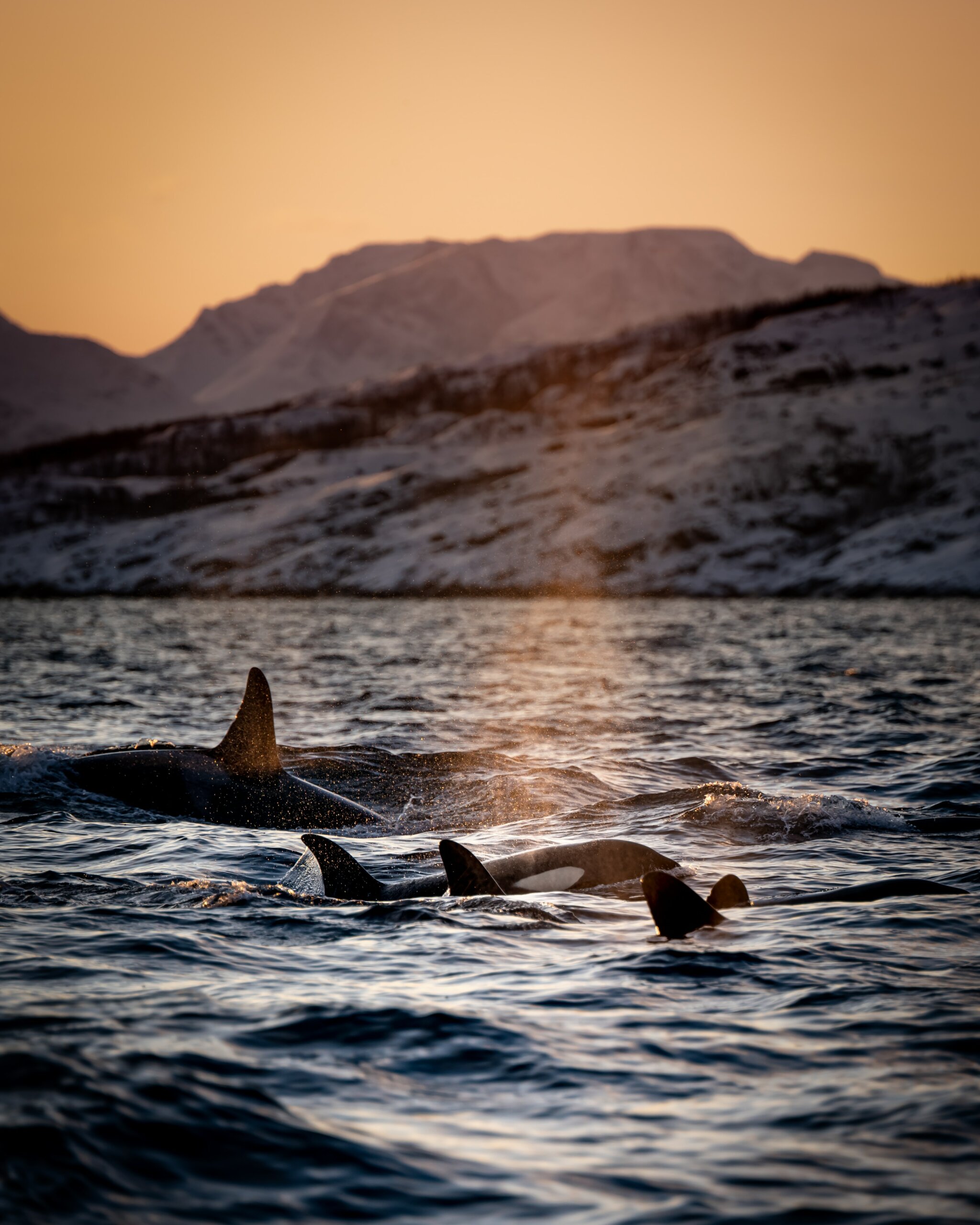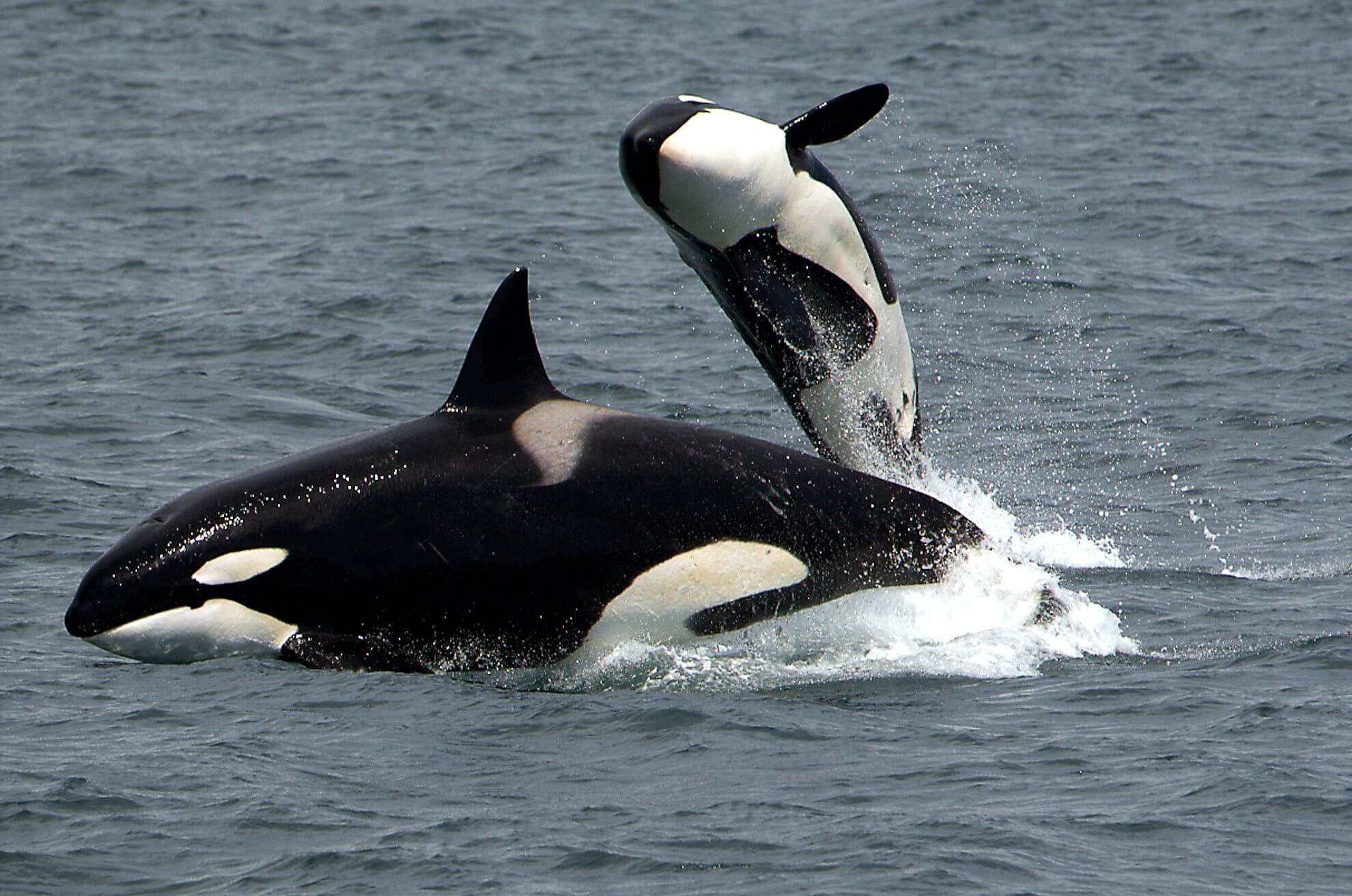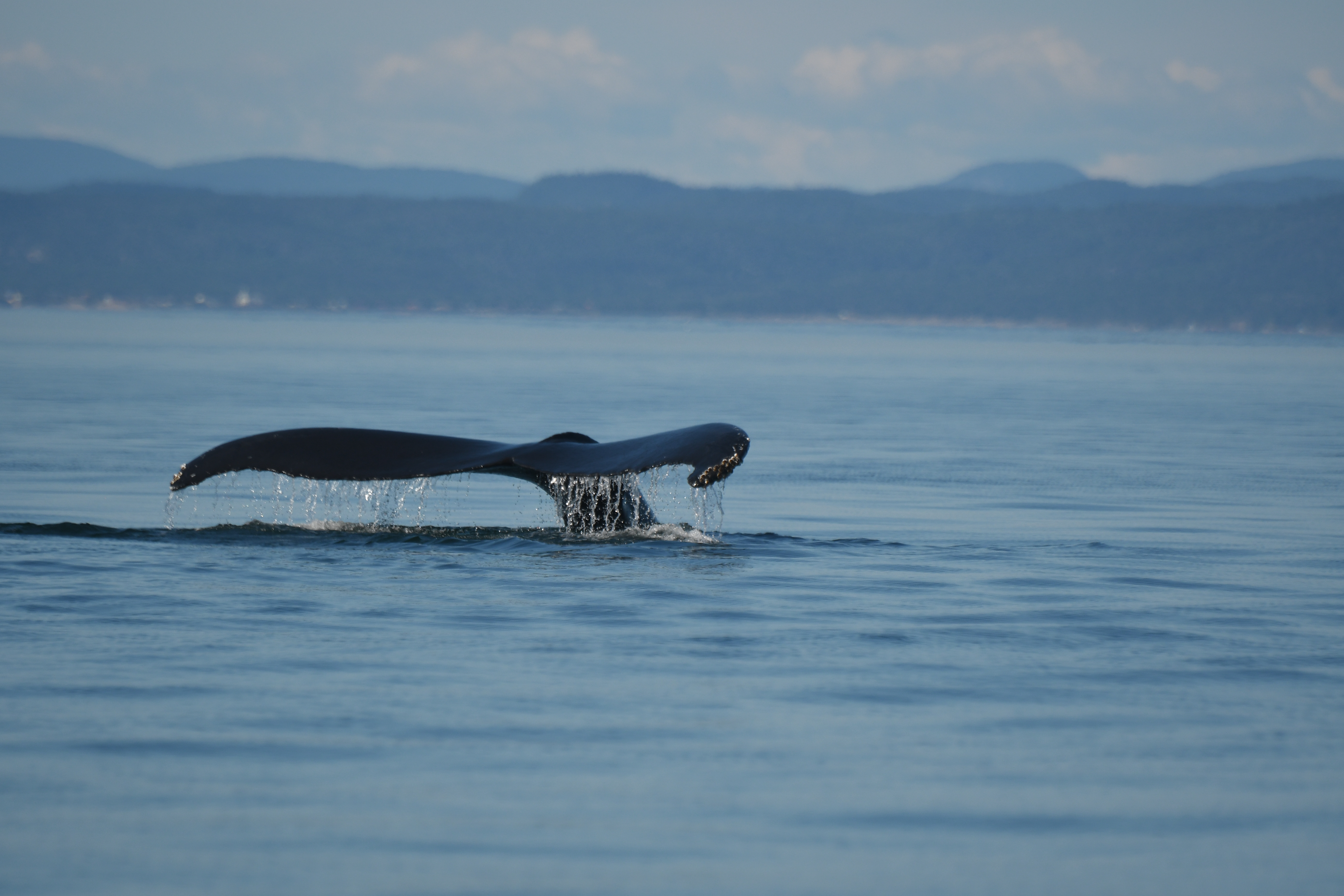The recovery of the small community of southern resident killer whales – estimated at around 75 individuals – is hanging by a thread. According to a study published by scientist Samuel Wasser and his colleagues, the collapse of certain populations of Chinook salmon (the main prey of these killer whales) is partly to blame for a rising number of reproductive failures. Indeed, undernourishment would indicate to the body that environmental conditions are not conducive to the survival of offspring.
Hormones that tell a story
Hormones can be an invaluable source of information. This is why the scientific team used them to monitor the pregnancies and nutritional status of these cetaceans, in addition to examining the potential causes of their reproductive failures.
Surprisingly, it was from the killer whales’ excrement that the different hormone levels were measured! Initially, the goal was to detect pregnant females and monitor the progress of their gestation using the quantities of progesterone and testosterone in their fecal matter. In these killer whales, progesterone levels spike following conception while testosterone levels rise significantly from mid-gestation onward.
Secondly, the nutritional status of the animals was determined by measuring their levels of glucocorticoids and T3, two hormones involved in nutrient absorption. The production of glucocorticoids surges quite quickly in cases of malnutrition in order to maximize the use of the body’s energy resources so that the animal can continue to forage for food. Unlike glucocorticoids, T3 production declines in response to a prolonged lack of food.
By monitoring these hormone levels, a correlation was established between the females’ nutritional condition and their reproductive success. Indeed, those that lost their fetus in the latter half of their gestation suffered from malnutrition. Hormones analyzed in the samples indicated the presence of regular stress resulting from a prolonged lack of food intake. On the other hand, those females that became mothers showed no signs of hunger, nor did those that suffered a spontaneous miscarriage early in gestation.
According to the researchers, these differences in the physical condition of the females were already present when they arrived in the region in the spring and persisted throughout the study period.
Fewer descendants
In order for a population to recover, a sufficient number of young must reach sexual maturity and reproduce. This is known as recruitment. Unfortunately, the southern resident killer whale community is plagued by a low recruitment rate, partly due to reproductive failures.
The data collected during this study from 2008 to 2014 are highly indicative. Of a total of 35 pregnancies detected, 24 failed while just 11 resulted in a surviving newborn. Reproductive failures accounted for 69% of all confirmed pregnancies, a figure that speaks volumes about the plight of this population. Furthermore, a record number of pregnancy failures occurred between 2011 and 2013, a period that coincides with low counts of certain Chinook salmon populations. These observations are likely attributable to the poor physical condition of females caused by a lack of food.
Neonatal and perinatal mortality, which may manifest itself as a stillborn calf, spontaneous miscarriage, or premature birth, is sometimes considered an adaptive event. Indeed, if environmental conditions are not favourable for the survival of offspring, it may be preferable to postpone reproduction until a time when resources are more adequate.
Chinook
From spring to early fall, southern resident killer whales prefer to feed on Chinook salmon that spawn in the Fraser and Columbia rivers of western Canada and the United States. The Columbia River salmon run takes place in spring (from mid-March to late May) and plays a vital role for killer whales, allowing them to replenish their energy reserves after winter and sustain them until the following migration. That of the Fraser River, which is more unstable, peaks in mid- to late August and normally allows these cetaceans to build up their energy reserves for the winter. Additionally, prey availability between these migrations (especially during winter) plays a significant role in the killer whales’ diet.
However, spawning in the Fraser River, which previously occurred in early summer, has declined significantly due to overfishing and habitat destruction. And, in general, spawning periods as well as their abundance are increasingly variable and unpredictable.
This study therefore underscores the determining role that the Chinook salmon populations of the Fraser and Columbia rivers play in the recovery of this small community of killer whales. Thus, conservation measures for the southern resident killer whale should unequivocally incorporate measures for the protection and recovery of the Chinook salmon.
Learn more
- (2017) Wasser, S. K., Lundin, J. I., Ayres, K., Seely, E., Giles, D., Balcomb, K., Hempelmann, J., Parsons, K., Booth, R. Population growth is limited by nutritional impacts on pregnancy success in endangered Southern Resident killer whales (Orcinus orca). PLoS ONE 12 (6)







